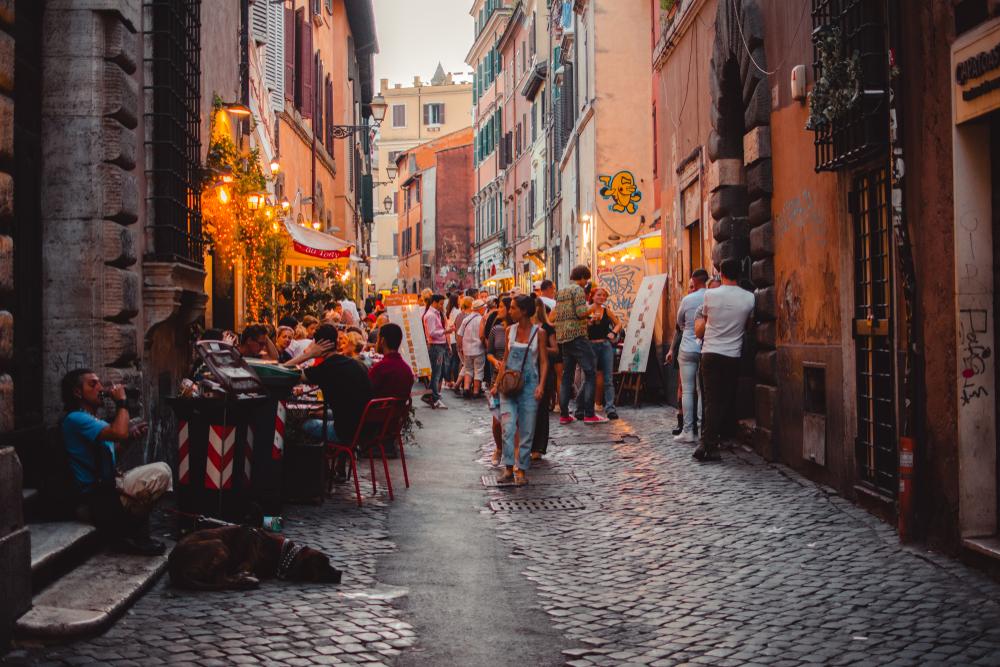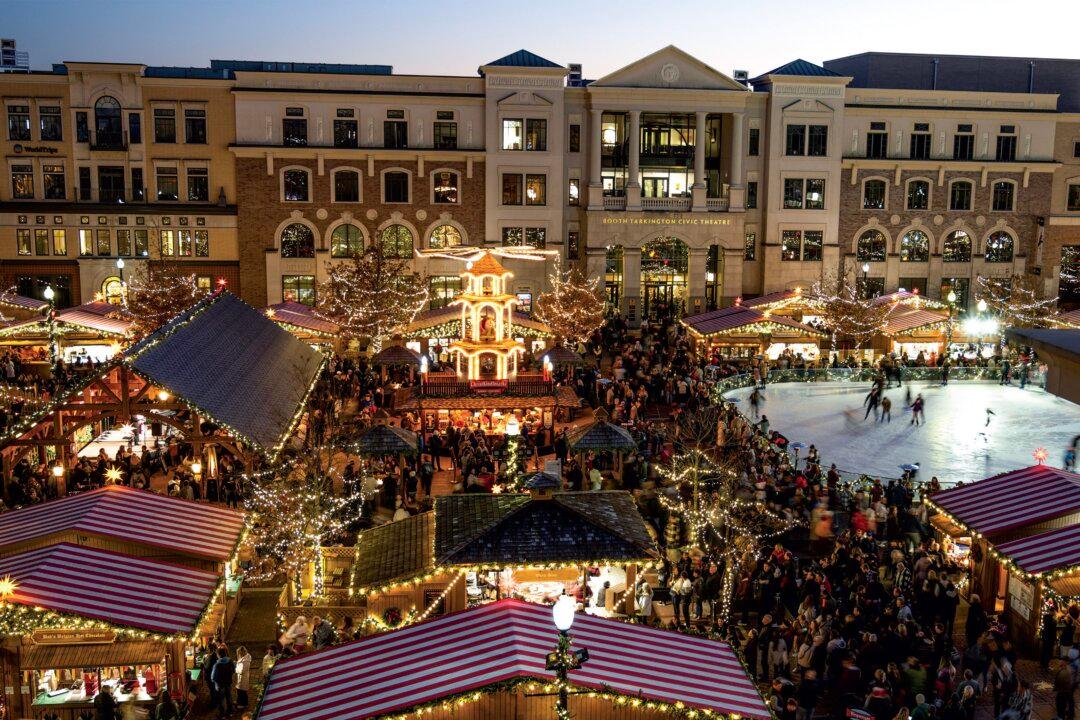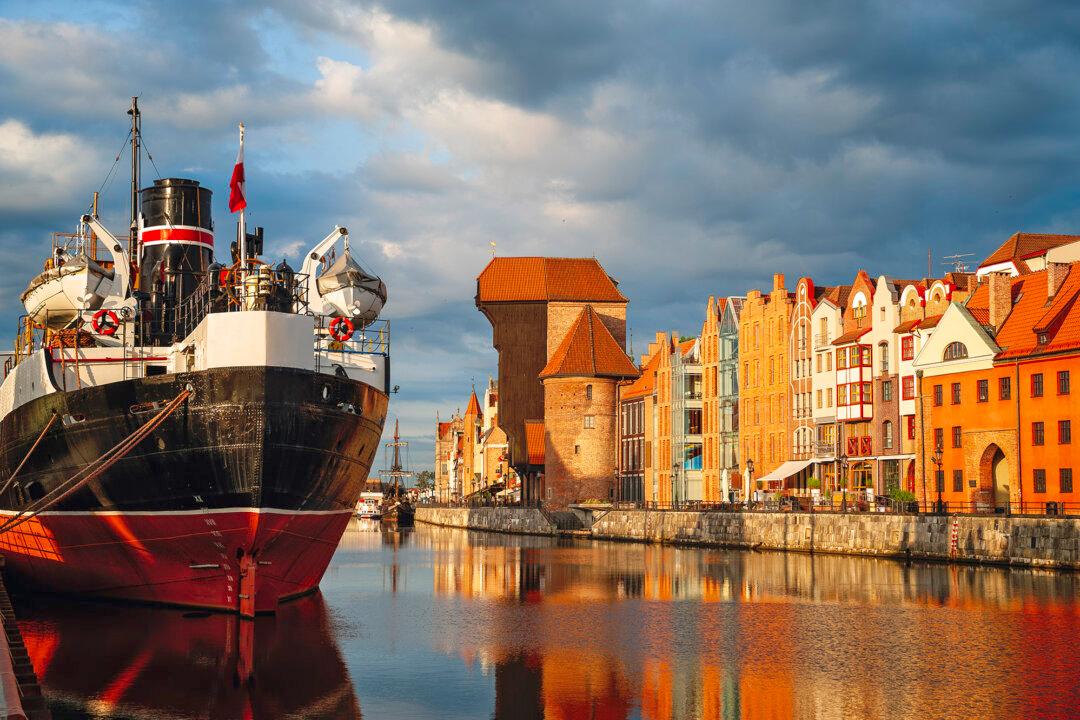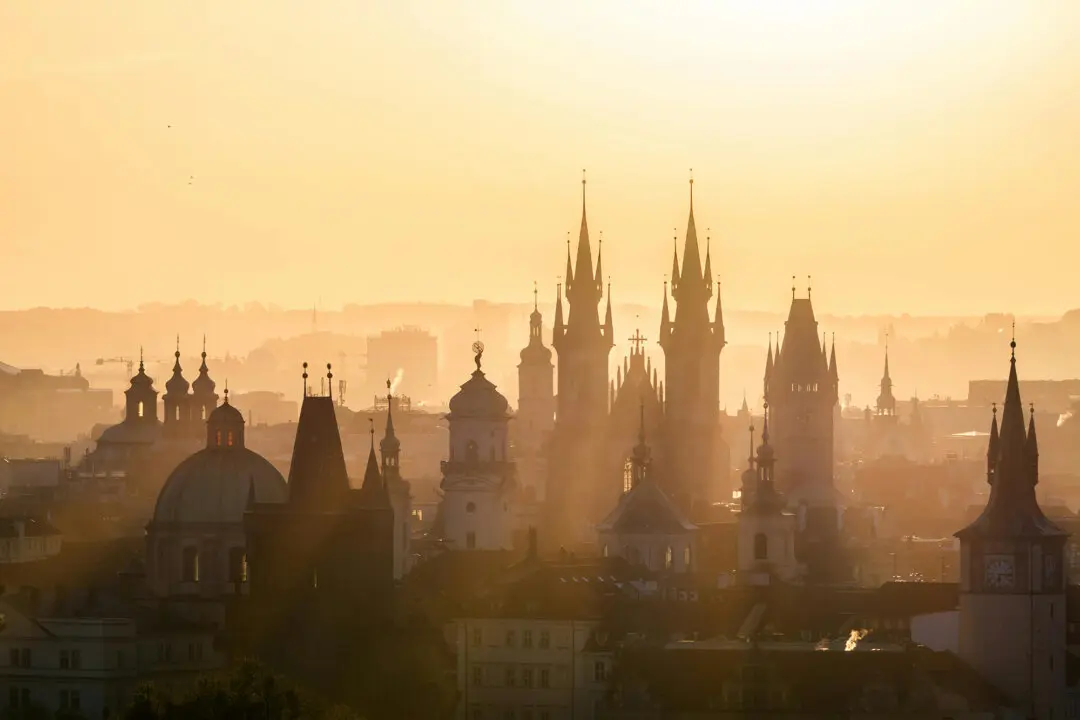Once, this city was the capital of the greatest empire the world has ever known, ringing the Mediterranean and stretching from the deserts of the Middle East all the way up to Hadrian’s Wall in England. Asserting power and influence across great swathes of the ancient world, the Romans built aqueducts to channel water for public baths, latrines, and fountains, plus an extensive network of over 250,000 miles of highways radiating out from the capital. Famously, “all roads led to Rome.”
While the empire ended in the 5th century, the Italian capital still maintains many monuments to those glory days. The Colosseum, completed in A.D. 80, remains the largest amphitheater on earth. The ruins of the Roman Forum, once the city’s bustling center of trade and commerce, still retains many of its pillars and archways spreading across Palatine Hill. Later additions also delight, such as Michelangelo’s masterpiece on the ceiling of the nearby Sistine Chapel; the soaring dome of St Peter’s Basilica, one of the holiest sites in Catholicism; and Trevi Fountain, where visitors gather and press in, four deep, to toss a coin which promises to ensure their return.





